I am always very interested in visiting museums in other countries partly to get a sense of how they interpret events that I know about, and obviously have my own perspective on. This is somewhat based on what I have been taught at school, and I know there are huge gaps in my knowledge of world history, but also about seeing things from my little island perspective.
To me, it is fascinating to read the interpretation in these museums, to give a wider understanding of how things are seen by other countries, as it makes travel all the more interesting. On my visit to New York last January, I was really impressed by the way that migration was dealt with at the Ellis Island museum. It is such a delicate subject, but such a huge part of the USA’s history. Here in Morocco I thought that the Tangier history timeline I saw was very diplomatic, pointing out the advantages of having Tangier as an international city, when basically it meant it was occupied and controlled by other people for so long.
One of the Tangier museums I visited was the American Legation Museum, housed in what was the old American Consul building, until it moved in the early 1960s. I didn’t realise that Morocco was the first nation to recognise the USA in 1777, when of course England was still in shock from having lost her ‘colonies’ in the American War of Independence.
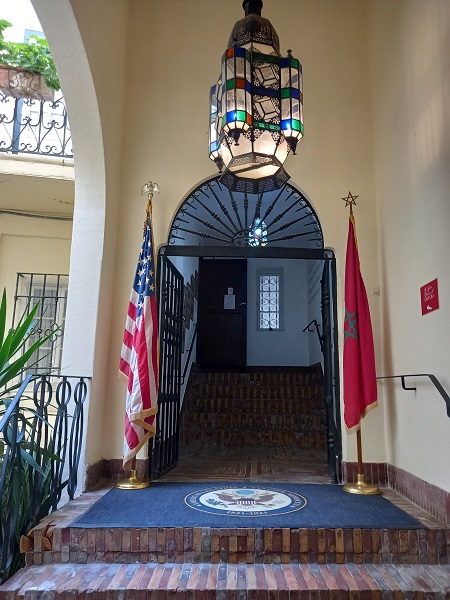
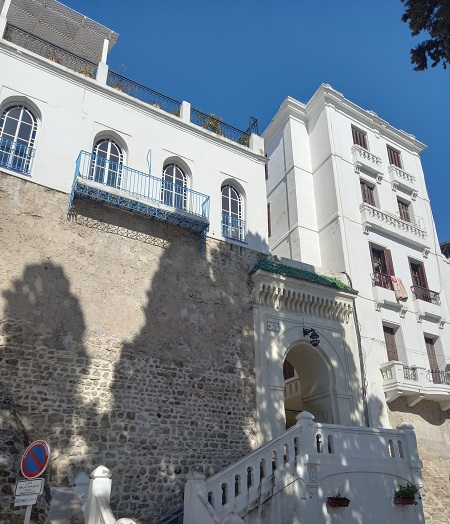
The then Sultan of Morocco, Moulay Sulelman gave the USA the legation building in 1821, following the two countries signing a treaty of peace and friendship in 1786. The building is still owned by the USA and has had a long and varied history.
There were some very interesting maps in one of the rooms. I am not sure of its date but this one has Morocco labelled as Barbary, with underneath Desert of Barbary, and below that Negroland. I love the little insights that old maps give us.
It was fascinating to see the different aspects of décor of the building, parts of it still have its very early 19th century feel and look. Other parts, which were gifted as the legation grew, have a traditional Arab feel in their architecture and décor. The two sides are joined by a beautiful patio and garden.
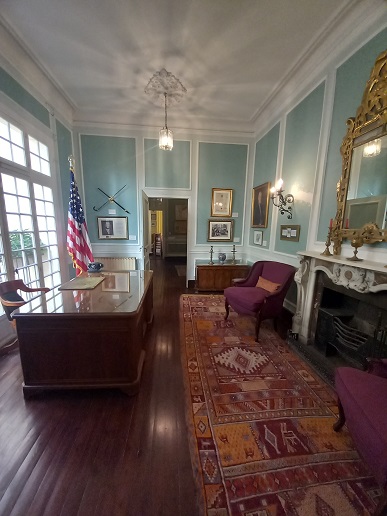
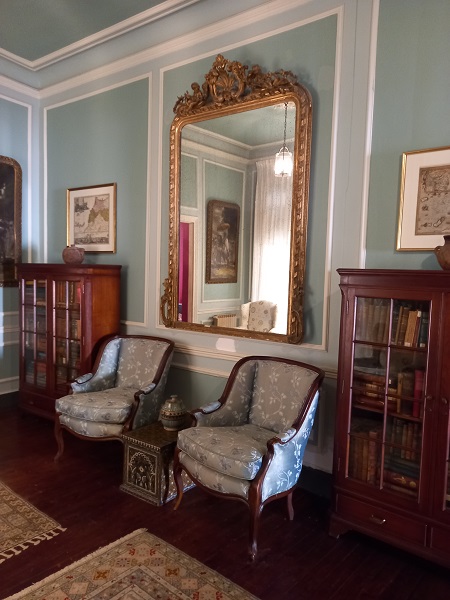
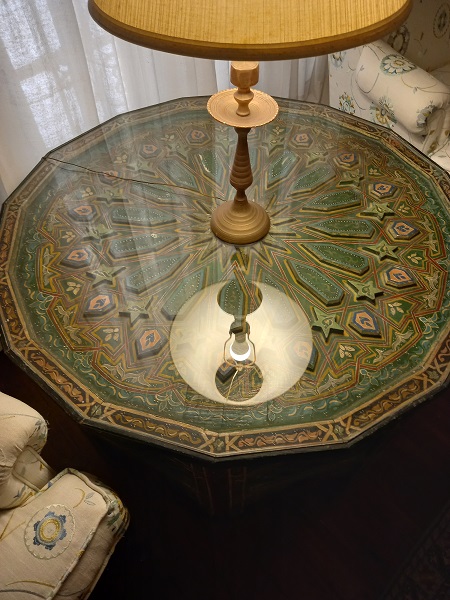
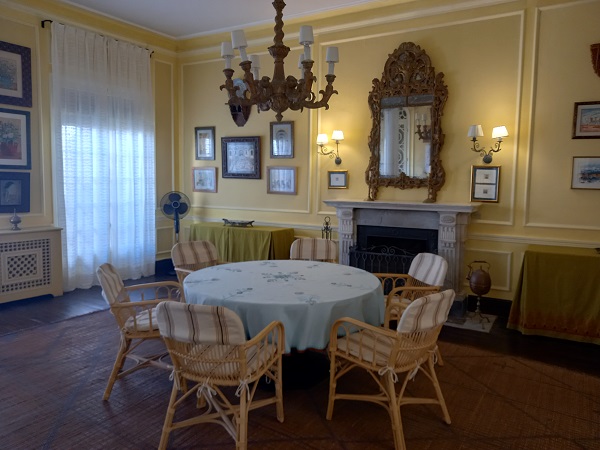
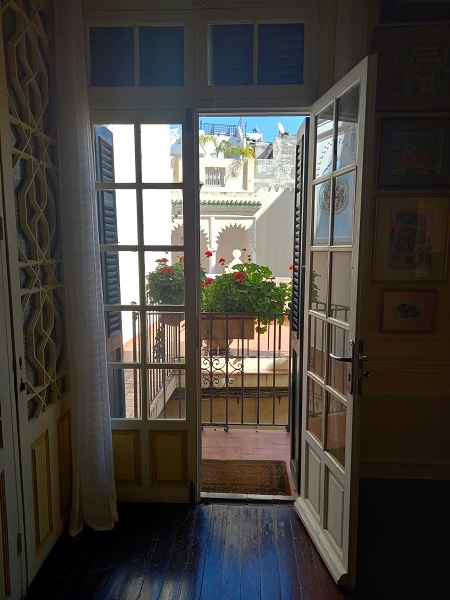
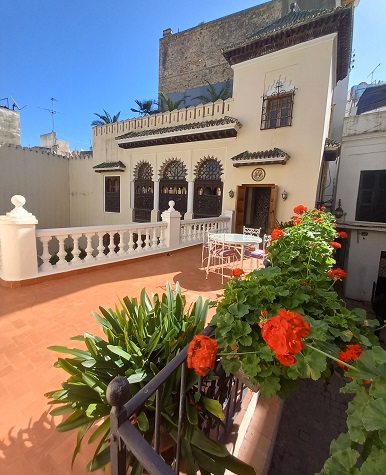
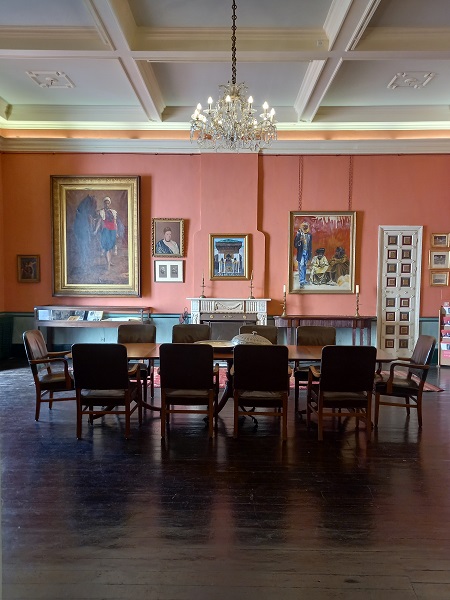
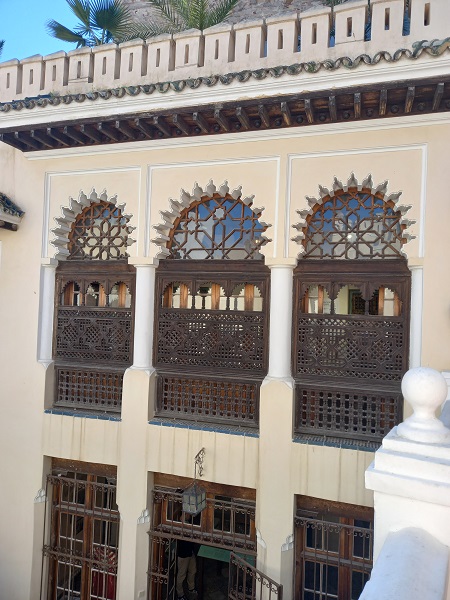
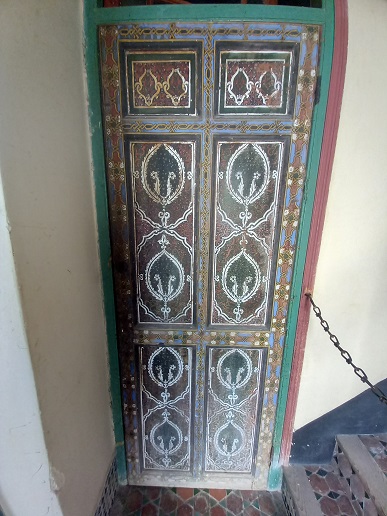
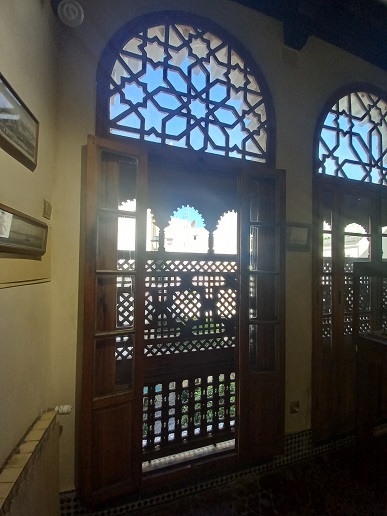
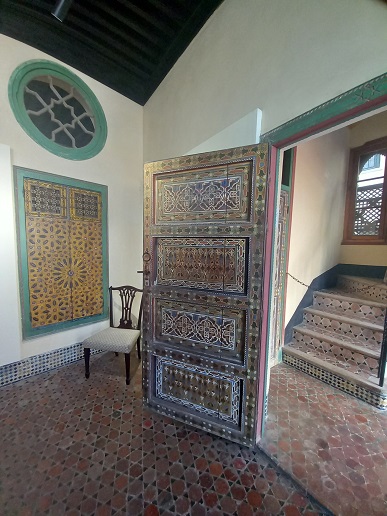
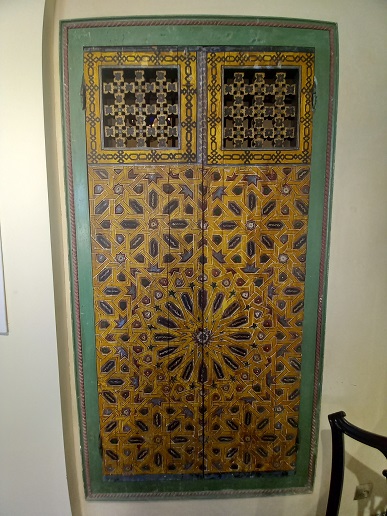
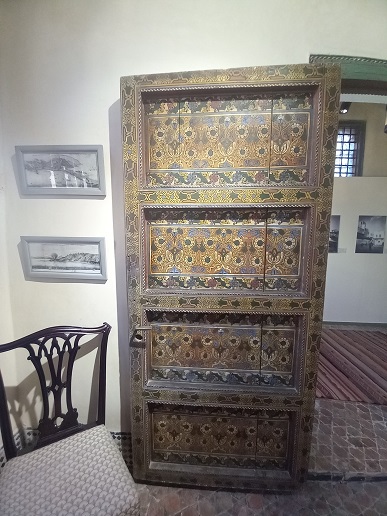
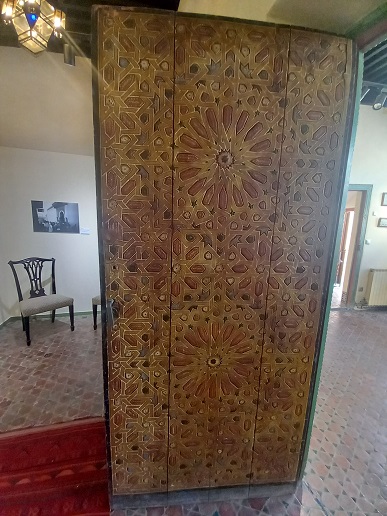
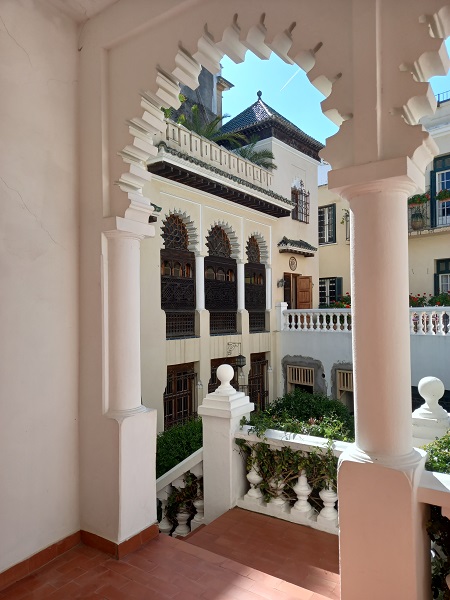
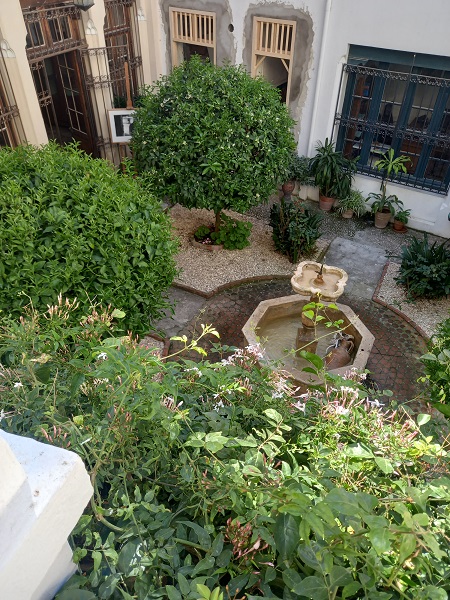
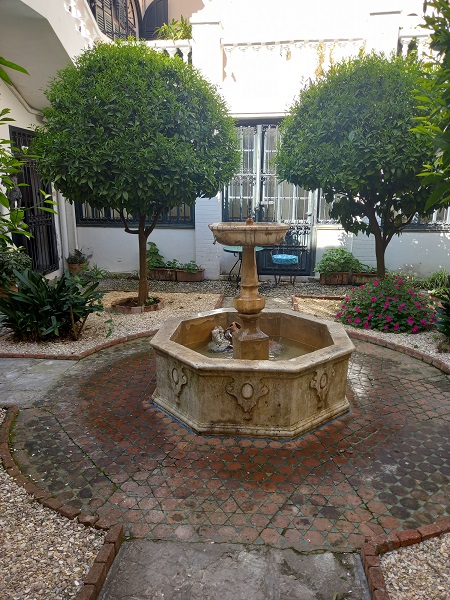
The museum houses many collections linked with the political and diplomatic relations between the two countries, but also art and artefacts collected and created by Americans who settled in Morocco.
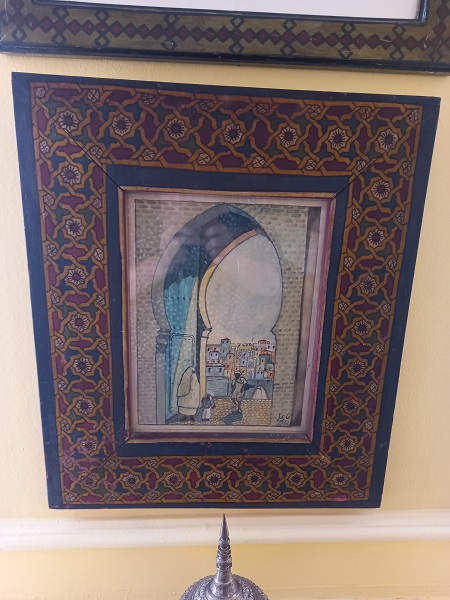
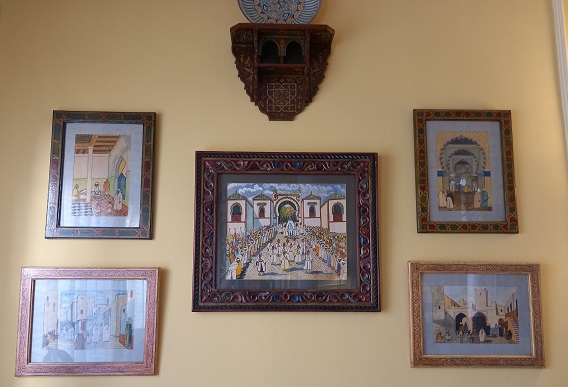
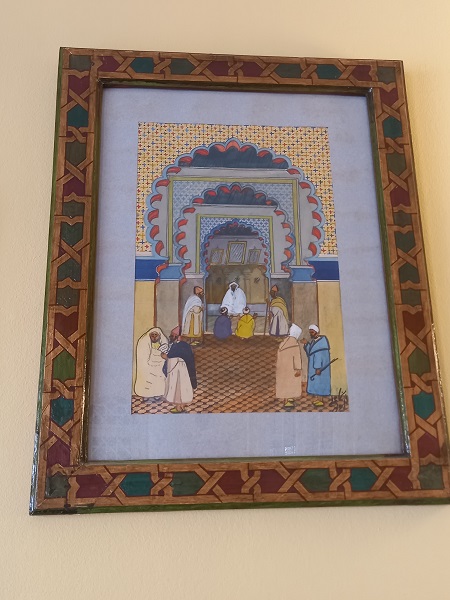
Thus, it is a very unique collection of the relationship between both the countries in a formal sense, and of the people who lived in Morocco, and came to love it, Many of them were artists or writers and so the collection is really varied.
It was brilliant to see some of the collection of old photos of Tangier, these were taken by amateur photographers, among them a French soldier called Paul Servant, and they are all digitized in an archive. The museum is now used as a centre for the study of Morocco by US universities. I have walked past both of these places in the photos below regularly while I’ve been here.
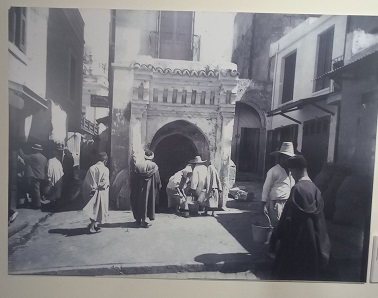
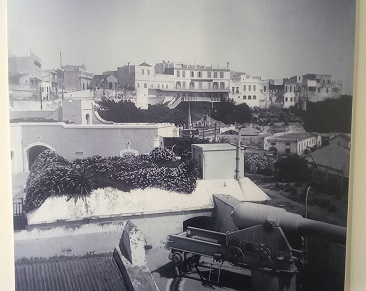
After it closed as a legation it was firstly used as an Arabic language training school for diplomats, then as a base for the Peace Corps volunteers who came to Morocco to work with development projects. One of my favourite bits of the timeline was this.
As an ex adult Literacy tutor it is heart-warming to see that the organisation has been helping local women become literate in Arabic for so long.
The legation was also used as the secret headquarters for Operation Torch during World War Two, when American and Allied soldiers landed in Morocco to free it from German occupation. The messaging machine was hidden in this cupboard, but apparently could be heard from neighbouring rooms!
A brilliant museum, so interesting, and very different to others that I have visited. It is great that it is still very much a working organisation, offering a very wide variety of projects.
After the museum I wandered down to the seafront. This is where the newer part of Tangier starts, which looks very much like any other Mediterranean seaside city.
You can really tell it had a strong Spanish influence, with the marina, the palm tree promenades, orange trees, and the yellow and white buildings, you could be in any of cities near my house.
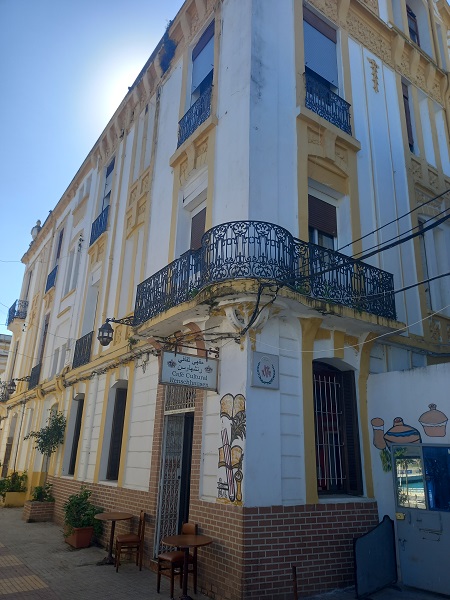
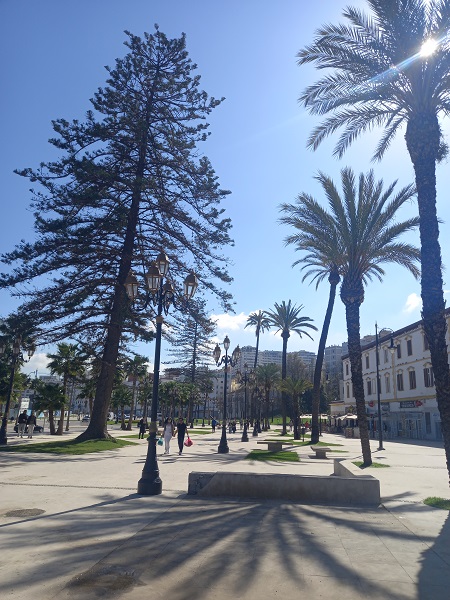
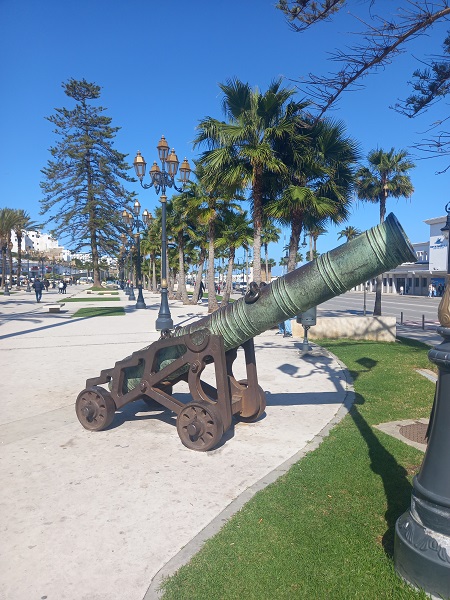
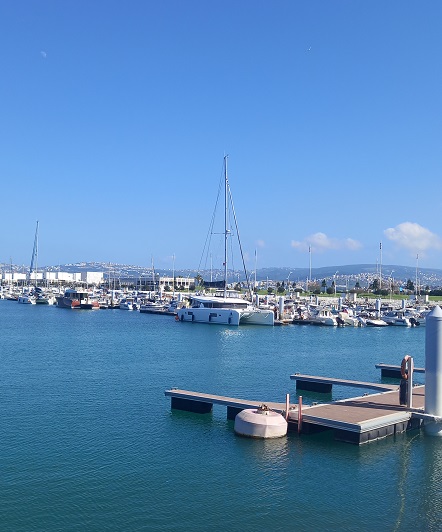
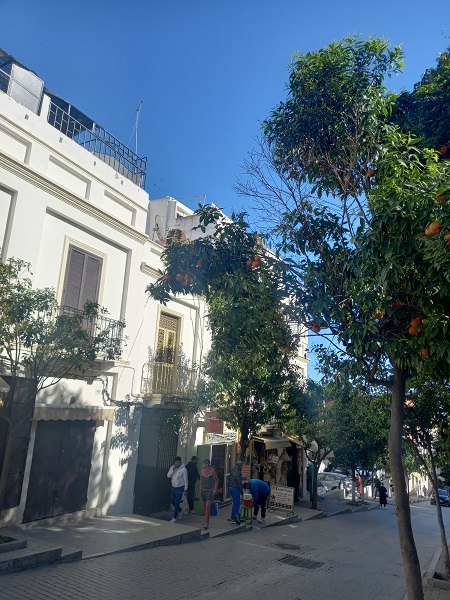
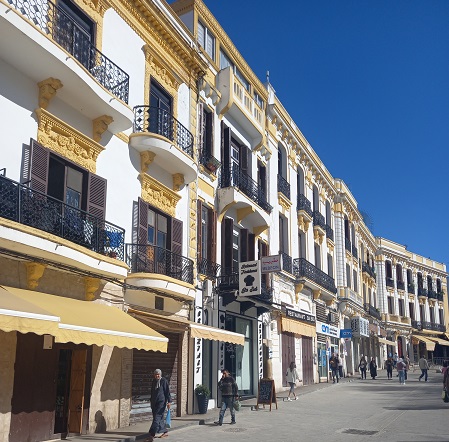
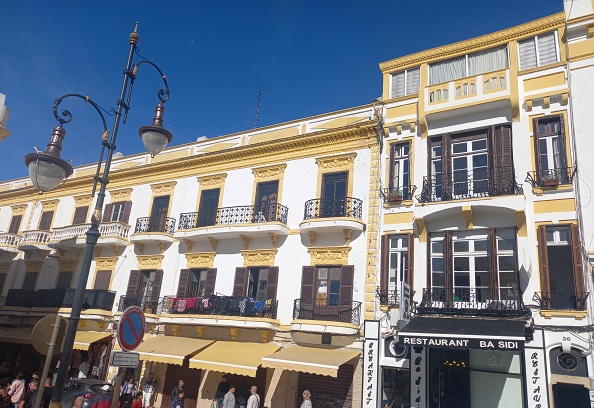
On my final day I went to the headland behind the medina, there are some amazing villas and lovely parks up here and this is where the Royal Palace is, though not open to the public, and far away behind locked gates.
I actually went to this area to visit the Tombs of the Phoenicians archaeological site, which also gives an amazing view over Tangier and the Straits of Gibraltar. You could see the start of the Rif mountains just behind the hills.
Such amazing blues in these photos, so much lovely blue on the trip, I love it!
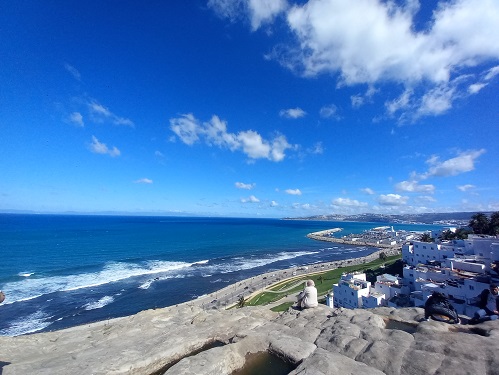
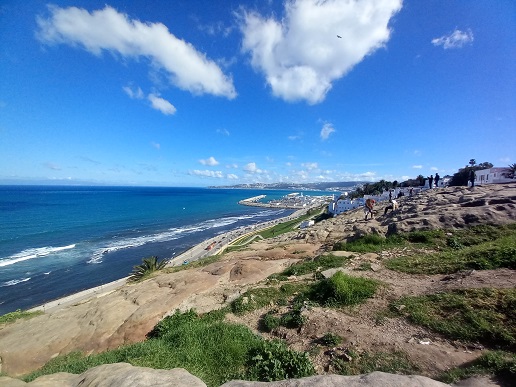
There is a very popular café on the headland, Café Hafa, so I stopped for another mint tea and watched the seagulls wheeling around for a while, with a backdrop of the Spanish mainland.
Tangier has definitely been one of my favourite cities on my Moroccan tour, it has a very unique vibe and a gorgeous location.
However, I am now in Fes, which is equally amazing. I only arrived yesterday, after a fascinating train ride through lots of rolling green farmland, so have only done a tiny bit of exploring as yet. I am staying in a wonderful Riad so I will show you that, and the medina here in my next post. Until then, have fun, take care, stay safe and thanks for visiting.

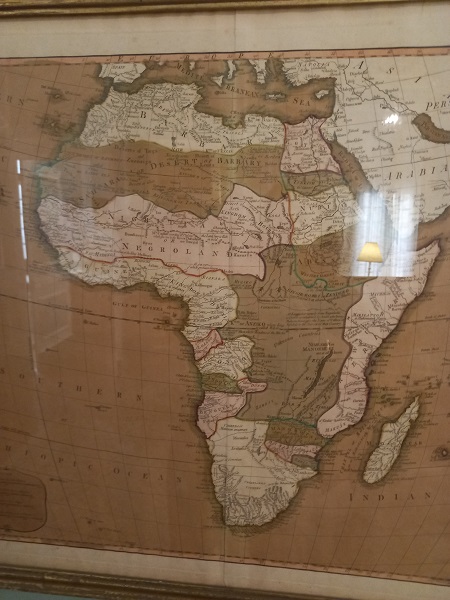
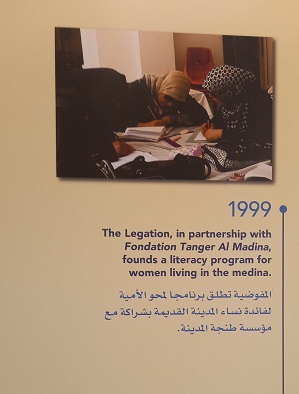
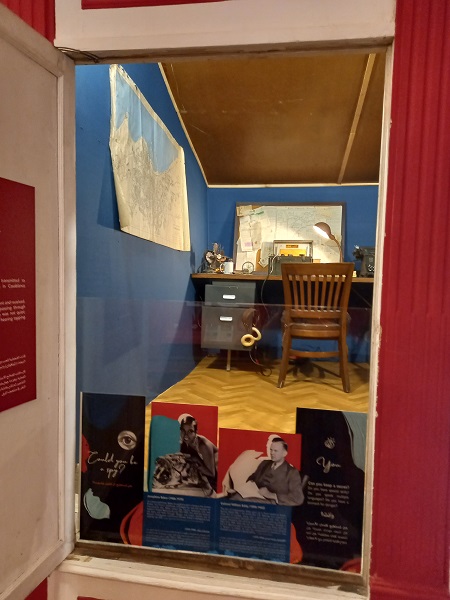
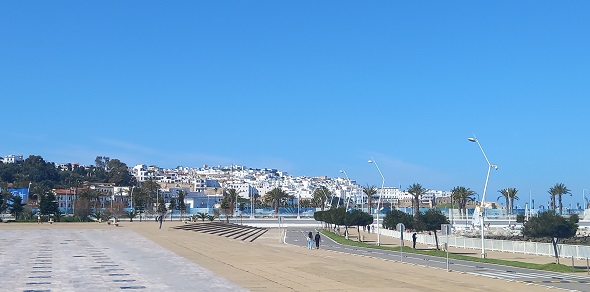
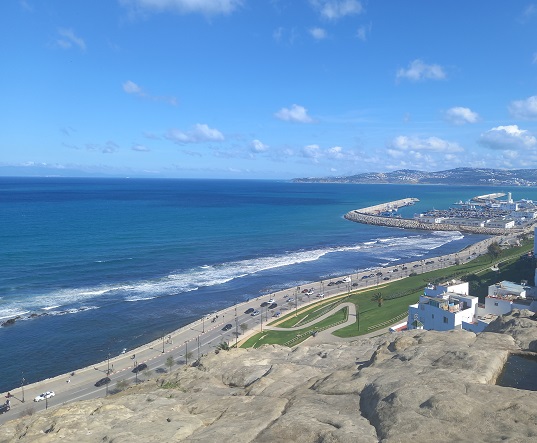
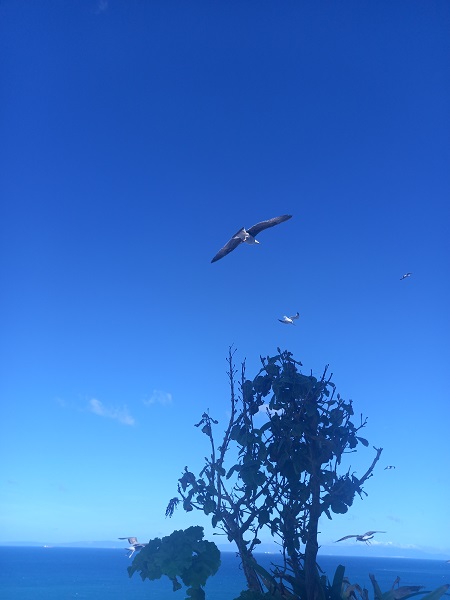
Yes, it’s always a delight to find out more of history from other viewpoints. I’m still trying to get some grip on post-Roman continental European history!
The more I travel, the more I find I don’t know! It is exciting finding out though.